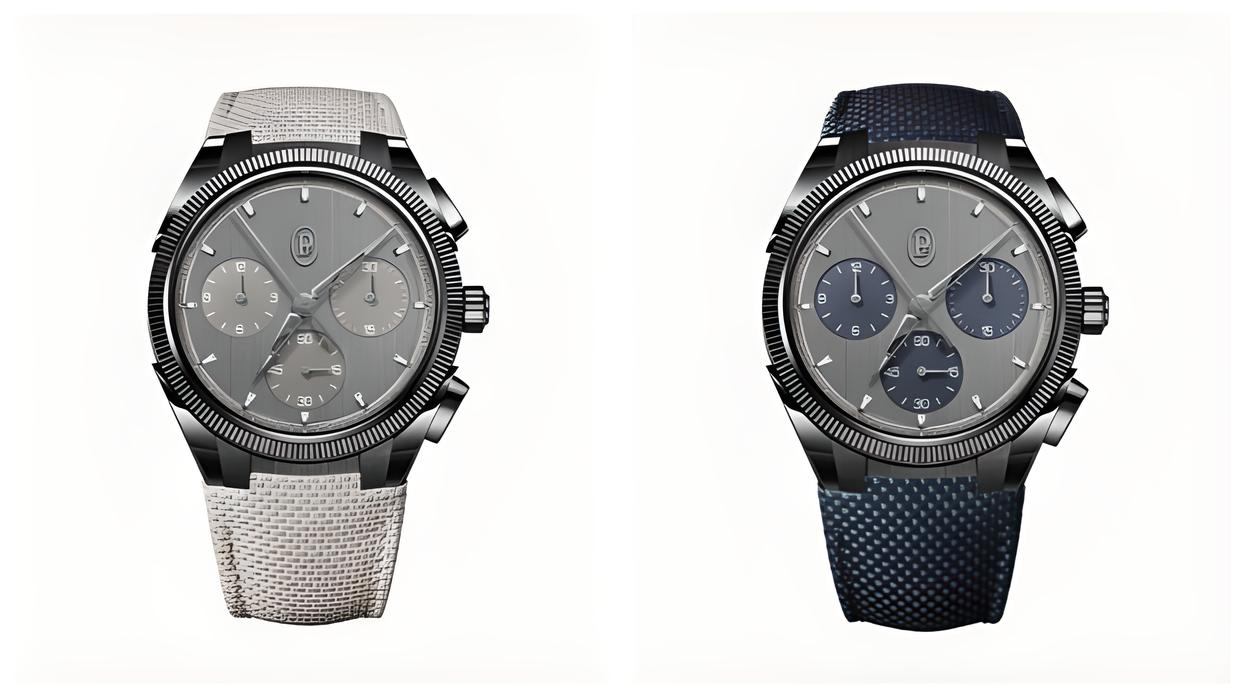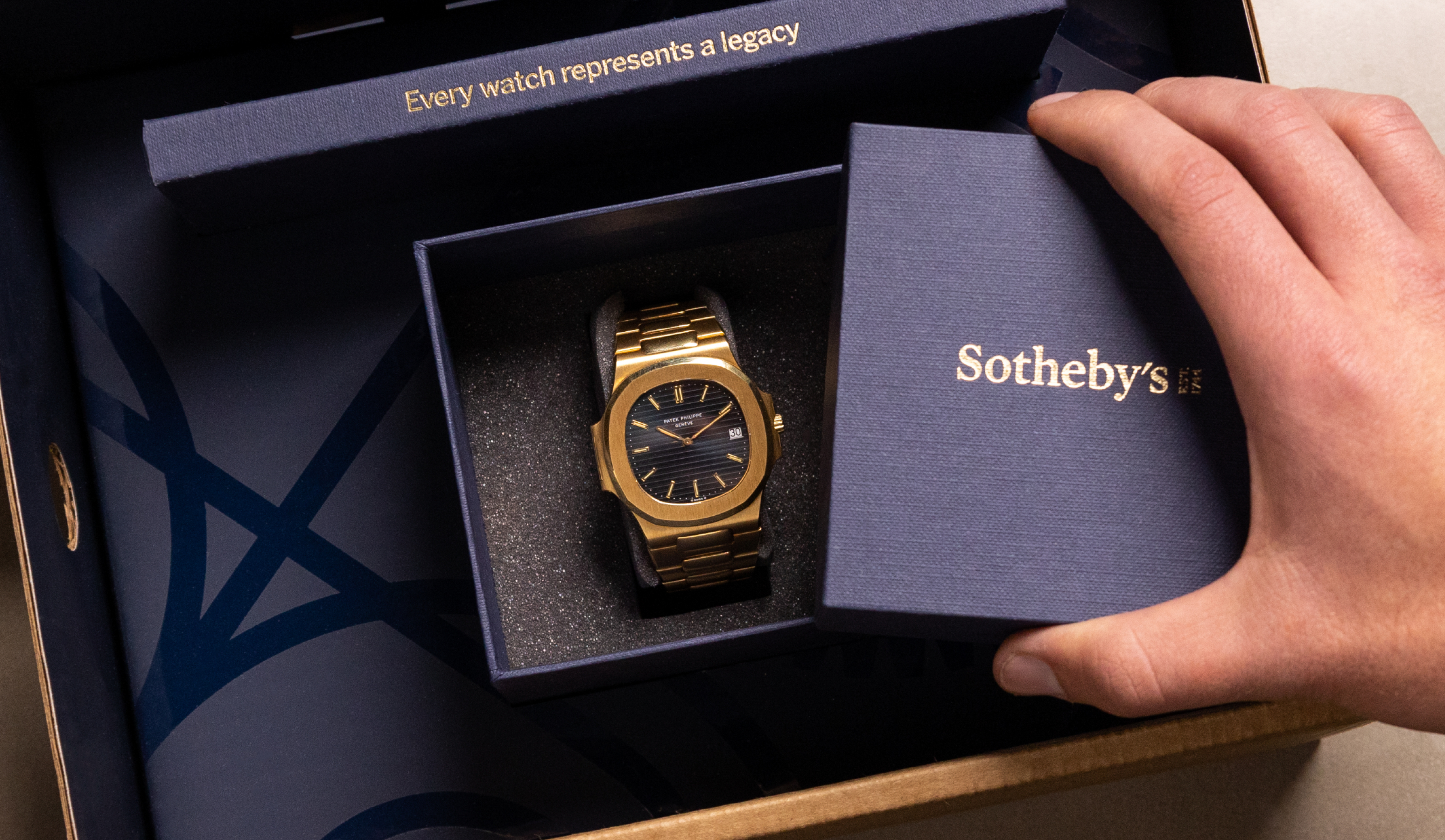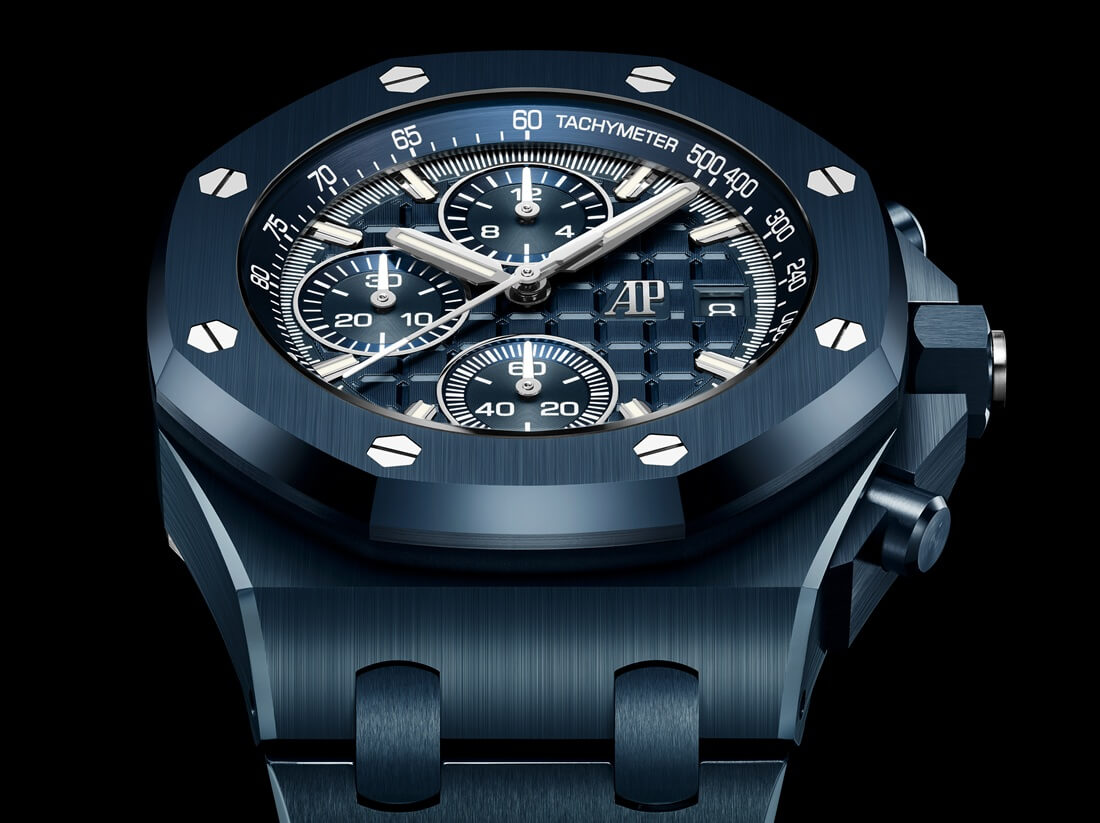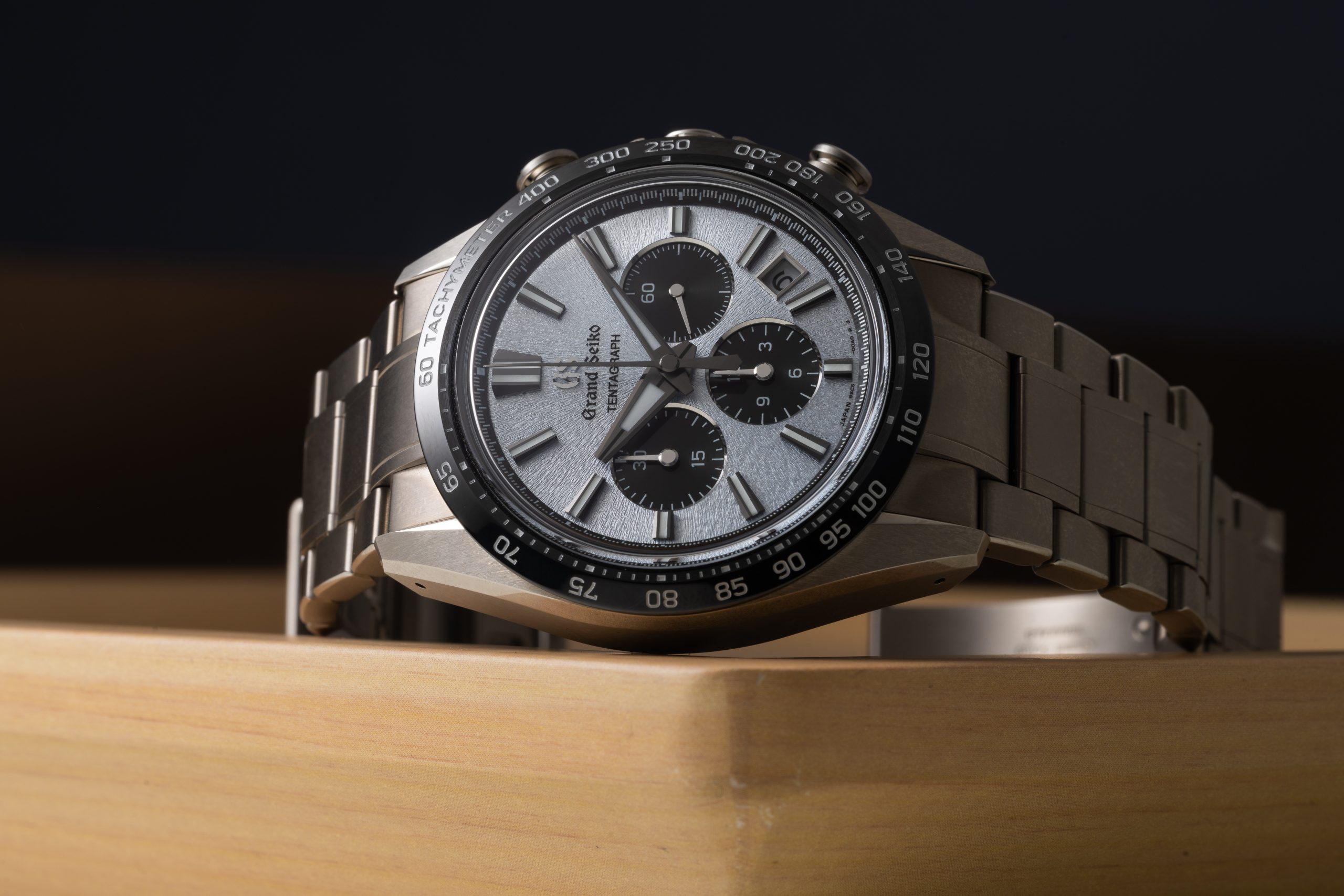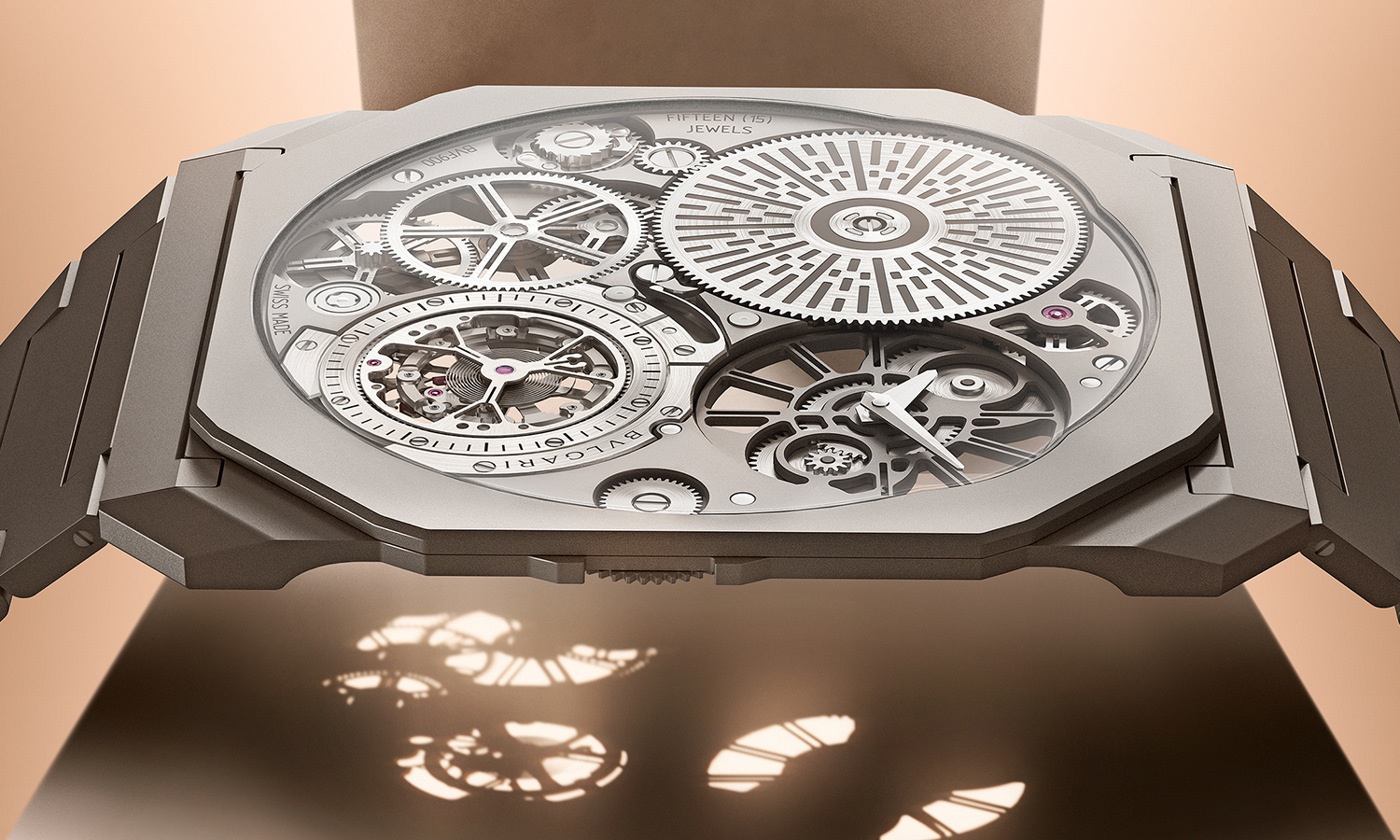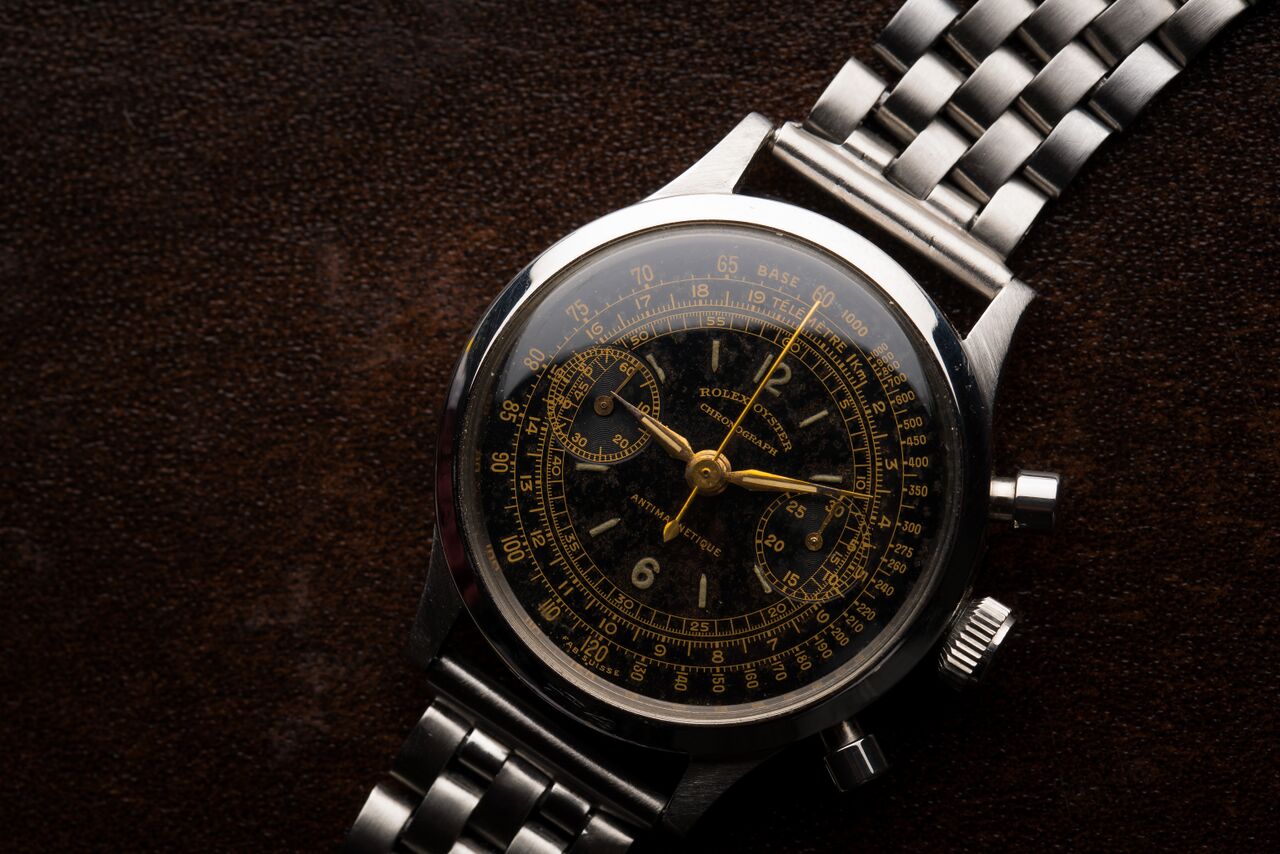
Rolex Ref. 3525: The WWII Chronograph
When it comes to Rolex and chronographs, there is always a focus on the famed Daytona, while the brand has made other chronographs that are equally interesting. An example of this is this reference 3525.

Rolex introduced this watch in 1939 and kept it in production until 1945. It is powered by a Valjoux 23 column wheel chronograph movement, and one of the brand’s first chronographs that featured an Oyster-case. It was also a watch that was available to order by Allied prisoners of war. Although this was something many Swiss did, Rolex is especially known for it. POW’s could order the watch by mail and would receive it in the camp that they were being held captive. Payment for it was not due until after the war when they could afford it. The fact that Rolex did this shows the faith the brand had in the word of the, mainly British, prisoners of war. That German-born Hans Wilsdorf moved at the age of 24 to the United Kingdom, where he laid the basis of what would become the worlds most famous watch brand, before relocating to Switzerland, played an important part in this (as well as in his rejection to sell any watches to Nazi-forces.)
With a diameter of 35mm, the watch is small by today’s standards, especially for a chronograph. Despite the fact that Rolex incorporated both a tachymeter as well as a telemeter scale on this watch it is still fairly easy to read. Credit for this goes to the clever design of the dial, which positioned each scale above one another. The hands also play a vital role in this, and they were filled in with Radium, which made them also at night easy to see.
The Ref. 3525 remains a rare Rolex, as an estimate of only 200 were made in steel during the course of its production. This one even comes with its original steel bracelet. Given its rarity and the fact that it is a Rolex, its price is relatively modest, as Phillips sold this particular watch in November 2016 for CHF 62.500,-, while its estimate was between CHF 50.000,- and 80.000,-.
 SIGN UP
SIGN UP






